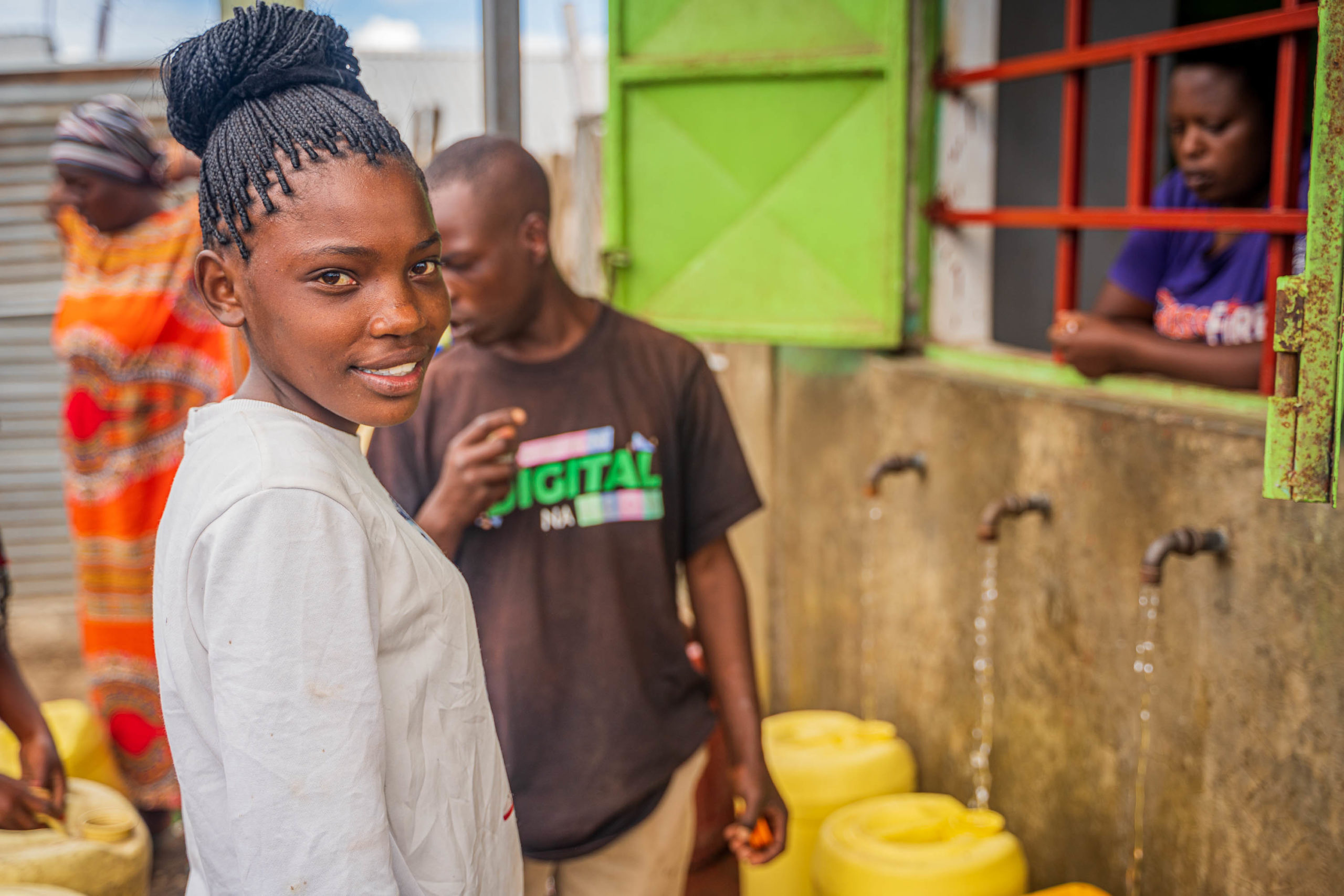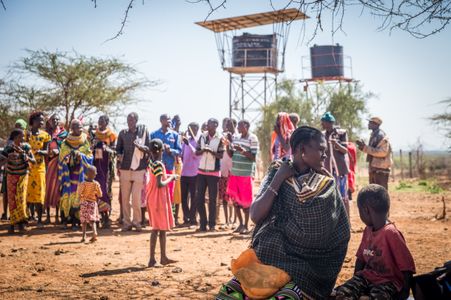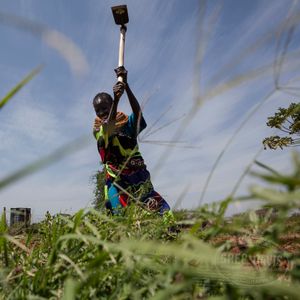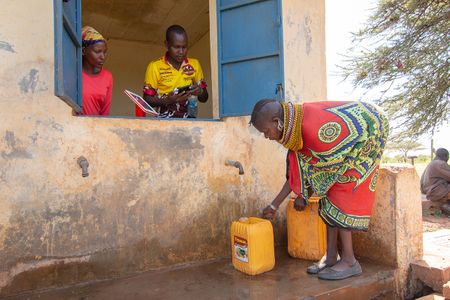August 17, 2021
100% Success: Ongoing Support & Maintenance
I am Dennis Mutaki, a Civil Engineer and the Project Associate for Well Aware, based in Kenya. Being in the industry of water provision for 12 years now, we are proud to say that we have maintained a 100% project success rate, compared to the average of 40%. This has not been by chance. It is through a detailed system of project management, maintenance, and follow-up that we have implemented in each of our 80+ projects to make sure every water system will be sustainable for the long run.
In honor of Water Awareness Month, let me take you through this important management and maintenance process that occurs after a project is complete.
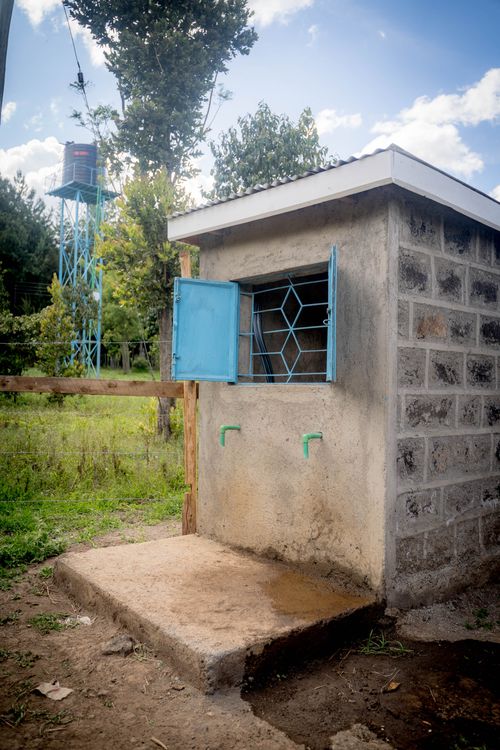
EMPOWERING THE COMMUNITY TO MAINTAIN & MANAGE THE WATER PROJECT
Once a project is complete, with the help of our community team, the community elects a water committee to lead the management of the water system. We then take the elected leaders of the water committee through in-depth training explaining all the aspects of the infrastructure installed, operation of the machinery involved, and the activities to be done to make sure the water system is operating optimally.
After this training is complete and they are equipped with all of the basic technical operating knowledge, the community is then empowered well enough to start enjoying the water source and are ready to handle most maintenance needs that arise.
The water committee leadership is also responsible for carrying out incremental maintenance checks and tests of their water system to make sure it is functioning at optimum capacity. For example, some projects, such as rainwater systems with UV Filtration, require annual changing of filtration fibre, which we make sure the caretakers are well equipped to handle.
If a problem ever comes up that the community can’t solve on their own, though, the water committee reports it directly to one of our technical team members. If the issue is not too major and does not need an expert on-site, we discuss troubleshooting with them remotely and take them through a repair process. However, if the issue is more complex, our Kenya-based technical team is deployed and contractors called in to have it fixed ASAP.
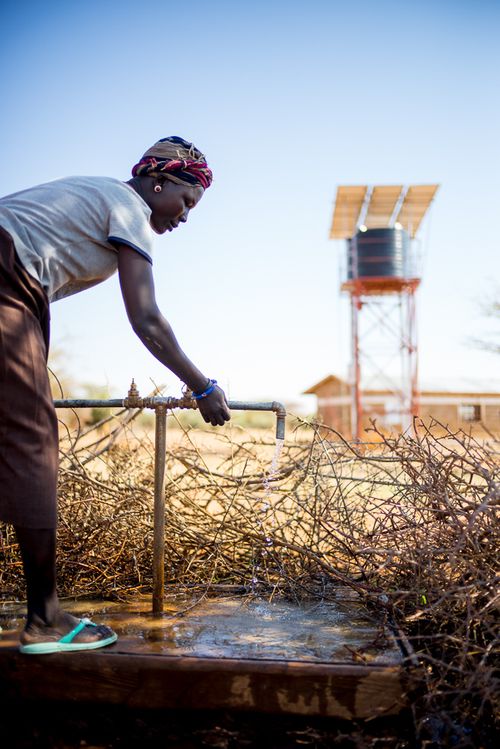
EXPANDING AND ADAPTING WATER PROJECTS FOR ONGOING COMMUNITY NEEDS
We all are well aware of the ever-changing demands of water needs in a community. For this reason, we constantly carry out community surveys for impact measurement and maintain an open line of communication with each community to know whether their water requirements are being met.
Oftentimes, communities experience so much growth* after access to clean water is made available, they request an expansion of the infrastructure to meet the growing water demand. This could include installing additional water storage tanks, distribution pipelines, water collection kiosks, and more.
For example, we established a new deep water well in 2014 for our partner community called Alamach, in Isiolo County, Kenya. Three years later, in 2017, they were experiencing so much population growth as people congregated around this new reliable clean water source, and they were having so much success in agriculture, that they requested more distribution pipelines to support the increased population as well as further irrigation of their growing crop fields.
This is just one example of the ways we continue to work with communities to adapt and meet their water needs long after a project is installed. And, throughout the whole process, the community is involved and consulted in every step and decision to ensure it will meet their goals and enable the long-term viability of the water system.
IT TAKES A VILLAGE
Ongoing project maintenance and support is a critical part of any water project and is a primary factor of our 100% success model. It is something that happens year-round and is absolutely vital for ensuring lasting clean water for our partner communities. But, we need your support to make it possible.
That’s why, this Water Awareness Month, we hope you will join our monthly donor community, The Village. This is the best way to provide ongoing support for our mission, enable us to continue water project maintenance long after implementation, and help more people in need gain clean water on a regular basis.
* When enough clean water is made available, it becomes an anchor for a community. More people will move into the area and populations grow. Birth rates will actually begin to decline with long-term clean water access as healthcare improves, young girls can stay in school longer and more women are able to get jobs.
